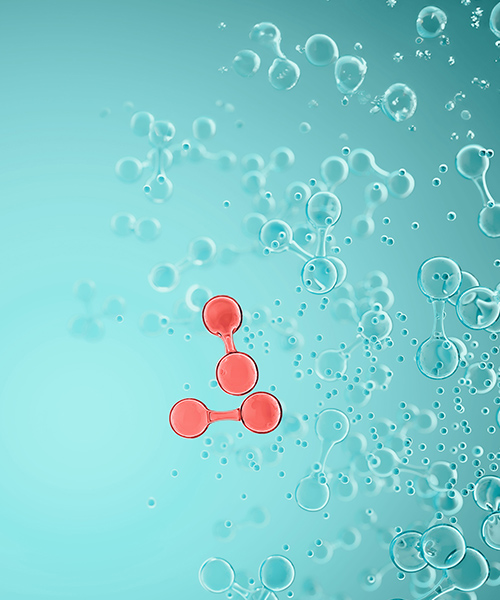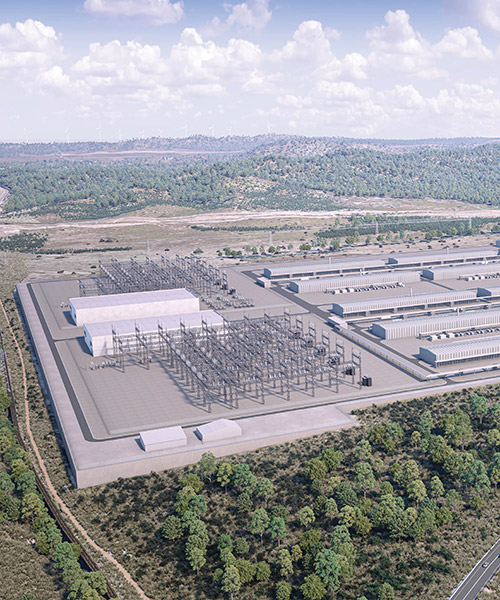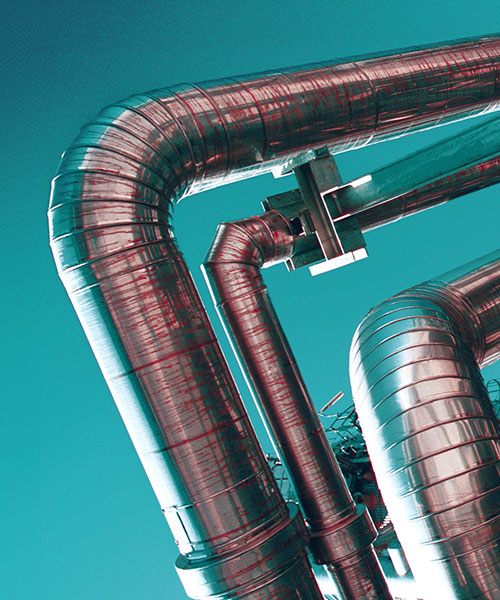April 28, 2022 • 3 min read
What role will hydrogen play in future energy systems?
Hydrogen is the simplest element in the universe. However, extracting, transporting, and storing it is complex.
Hydrogen is suited to many industrial applications. The byproduct of burning hydrogen is water, rather than CO2. That means if we can produce hydrogen sustainably, it can contribute to a lower carbon energy system by decarbonizing hard to abate industries.
So why aren’t we producing and using it everywhere?
Current hydrogen production methods emit a lot of CO2 unabated. But these processes are not the only way to produce hydrogen.
Can emerging hydrogen production technologies free hard to abate industries of their dependence on fossil fuels?
The uses of hydrogen today and tomorrow
Hydrogen is a key input in oil refining, fertilizer production, ammonia production, and other chemical manufacturing processes today.
Lower emissions forms of hydrogen can power vehicles ranging from hydrogen fuel cell cars to heavy trucks to trains.
It can also be used as a feedstock to produce synthetic fuels and e-methanol for the aviation and shipping sector, using power-to-x pathways.
Steelmaking processes and other high temperature industrial processes can’t occur with renewable electricity alone. But these industries can use hydrogen as a substitute for coal and other fossil fuels required to generate heat and chemical reactions.
Hydrogen and ammonia can also be used in power generation in traditional gas and coal fired power stations, making use of existing electricity infrastructure.
What are the different colors of hydrogen?
It’s rare to find a pure hydrogen molecule in nature. But hydrogen exists within many other elements. There are many ways to extract it. We use different terminologies to distinguish how hydrogen is made.
Grey hydrogen represents over 95 percent of the production of hydrogen today. Producers extract this hydrogen from natural gas through a process called steam methane reforming (SMR). This releases the CO2 byproduct into the atmosphere.
Low carbon hydrogen also come from natural gas and steam methane reforming, but the CO2 byproduct is trapped and injected underground through carbon capture and storage (CCUS). This results in lower carbon emissions than grey hydrogen.
Renewable hydrogen is an even lower carbon approach, with no reliance on fossil fuels. This approach involves renewable energy and a process called electrolysis. This process depends on a device called an electrolyzer, which sends renewable electricity through water to separate the hydrogen atoms from oxygen.
Producing renewable hydrogen energy doesn’t emit any CO2 into the atmosphere, so long as the electricity for this process comes from a renewable source, such as wind, solar, or hydropower.
Pink hydrogen comes from electricity sourced from a nuclear reactor, rather than solar or wind power. Like renewable hydrogen, the process for extracting pink hydrogen involves splitting hydrogen and oxygen through the electrolysis of water. And because nuclear power is a lower carbon energy source, pink hydrogen is lower carbon, too.
Turquoise hydrogen is made using a process called methane pyrolysis to produce hydrogen and solid carbon. In the future, it may be valued as a lower carbon form of hydrogen if the thermal process is powered with renewable energy and the carbon is permanently stored or used. It’s a new entry to the hydrogen scale, and production has yet to be proven at scale.
Each approach has different uses, but at present, only low carbon hydrogen, renewable hydrogen, and pink hydrogen will enable decarbonization at scale. And if proven at scale, turquoise hydrogen could accelerate global decarbonization, too.
The role of hydrogen in a decarbonizing global economy
Low carbon and renewable hydrogen can reduce the environmental impacts of some of the most carbon intensive processes in the energy, chemicals, and resources sectors, as well as heavy industry and transport.
But we’re going to need a lot of it. The volume of hydrogen produced today is only a fraction of the scale the world needs to meet future decarbonization commitments.
There is a clear pathway to scale up low carbon and renewable hydrogen production all over the world. And with so many industries set to benefit from hydrogen, the rewards await businesses that invest in projects today.






